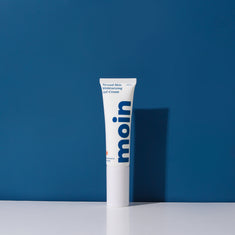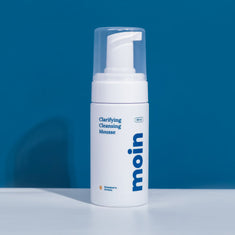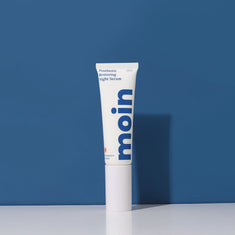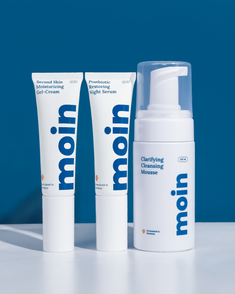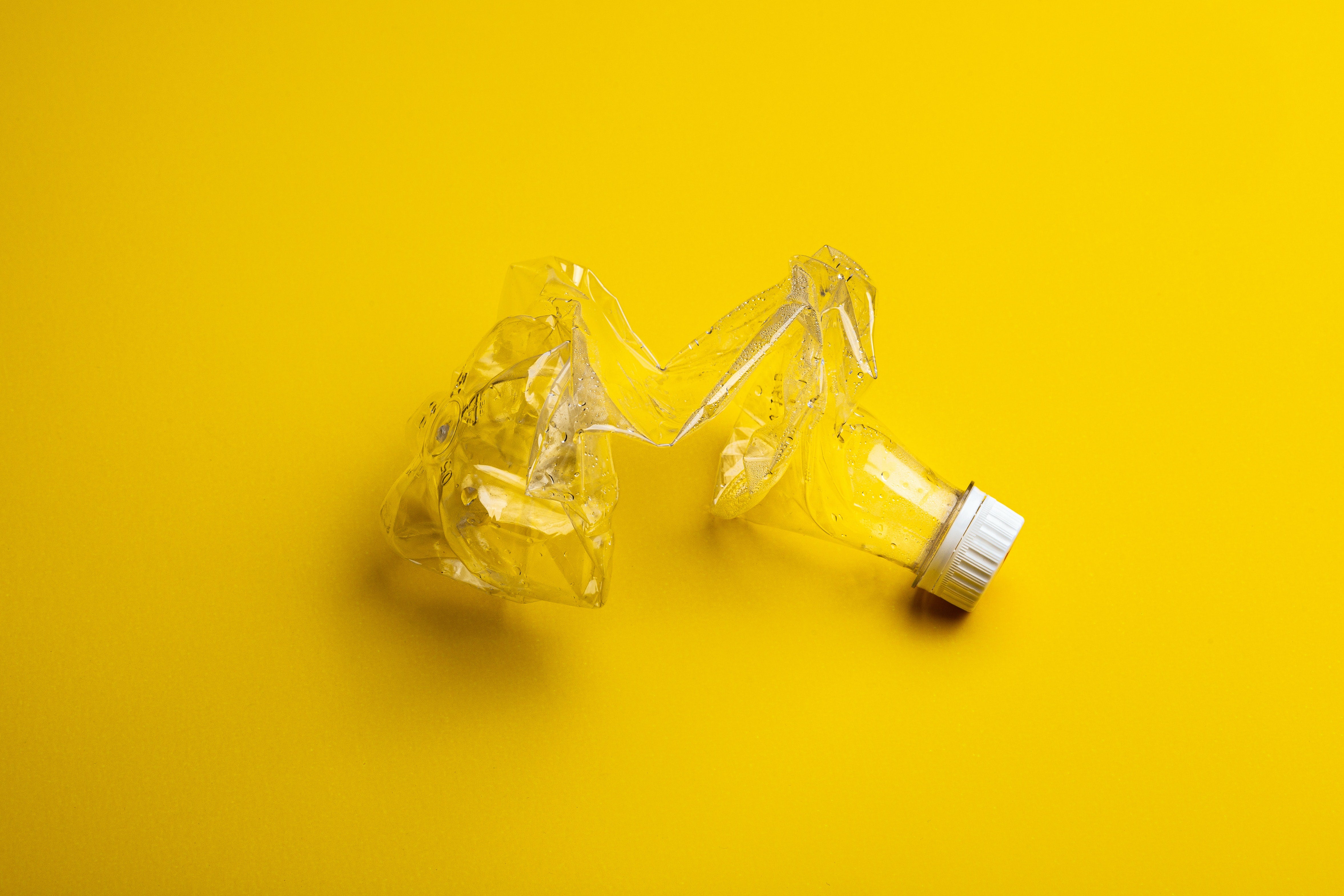Embracing the Trend: The Power of Recycled Materials
In recent years, the world has witnessed a significant shift towards sustainable practices and a growing awareness of the environmental impact of our actions. One notable trend in this movement is the increasing use of recycled materials across various industries. In particular, post-consumer recycled (PCR) plastic has emerged as a game-changer, revolutionizing packaging and manufacturing processes.
What is post-consumer recycled (PCR) plastic?
PCR plastic refers to plastic that has been reclaimed from consumer products, such as water bottles, food containers, and packaging materials. It undergoes a meticulous process of collection, sorting, cleaning, shredding, melting, and reforming, transforming it into new plastic products. This closed-loop recycling process reduces the demand for virgin plastic and lessens the strain on natural resources.
PCR plastic has found widespread use in packaging applications, including bottles, jars, tubes, and caps. By incorporating recycled content into packaging, companies can significantly reduce their carbon footprint and contribute to the circular economy.
Post-consumer recycled (PCR) plastics come in various types, each with its own unique properties and applications. Below are some common types of PCR plastics:
PET (Polyethylene Terephthalate)
PET is one of the most widely used types of plastic, commonly found in water bottles, soda bottles, food containers, and packaging materials. PCR PET can be recycled into new bottles, fiber for clothing, carpets, and various packaging applications.
HDPE (High-Density Polyethylene)
HDPE is a versatile plastic used in milk jugs, detergent bottles, and household containers. PCR HDPE can be transformed into new bottles, pipes, bins, and other durable plastic products.
LDPE (Low-Density Polyethylene)
LDPE is a flexible plastic often used in grocery bags, shrink wrap, and packaging films. PCR LDPE is commonly recycled into new bags, trash can liners, and plastic lumber.
PP (Polypropylene)
PP is a durable and heat-resistant plastic found in food containers, yogurt cups, bottle caps, and automotive parts. PCR PP can be used to create new packaging, automotive components, and various household products.
PS (Polystyrene)
PS is a lightweight plastic used in foam products, disposable cutlery, and packaging materials. PCR PS can be recycled into new foam products, insulation materials, and picture frames.
Different percentage of PCR plastics

Source: https://www.oberk.com/packaging-crash-course/100-percent-pcr
100% PCR
This indicates that the entire plastic content of the product or packaging is made from post-consumer recycled material. It represents the highest level of recycling and demonstrates a commitment to a circular economy by using only recycled materials.
High Percentage PCR
This term typically refers to products or packaging that contain a substantial amount of PCR plastic, often exceeding 50%. The specific percentage may vary, but the emphasis is on using a significant portion of recycled material to reduce the environmental impact.
Mixed Percentage PCR
Some products or packaging may contain a mix of PCR plastic and virgin plastic. The percentage of PCR plastic in these cases can range from a small amount (e.g., 10% PCR) to a higher percentage, such as 30% or 50% PCR. The intention is to incorporate recycled material while maintaining the desired performance characteristics of the product.
Minimum Percentage PCR
This indicates the lowest acceptable percentage of PCR plastic used in a product or packaging. For example, a company may state that their packaging contains a minimum of 25% PCR. This ensures a baseline level of recycled content, but it may still leave room for improvement in terms of increasing the overall recycled content.
What are the advantages?
- The use of PCR plastic reduces the need for virgin plastic production, which in turn conserves valuable natural resources like petroleum and reduces energy consumption.
- Incorporating PCR plastic into manufacturing processes diverts plastic waste from landfills and oceans, providing a sustainable solution for managing plastic waste.
- PCR plastic has a lower carbon footprint compared to virgin plastic production. By utilizing recycled materials, companies can reduce greenhouse gas emissions and combat climate change.
And what are the disadvantages?
- While PCR plastic offers many benefits, it may have limitations in terms of quality and performance compared to virgin plastic. The quality of recycled plastic can vary depending on the sorting and cleaning processes, potentially affecting its mechanical and aesthetic properties.
- Contamination can be a concern when using PCR plastic. Careful sorting and cleaning processes are necessary to ensure the recycled material meets quality standards and does not compromise the final product's integrity.
The use of PCR plastic offers significant environmental benefits, including waste reduction, energy savings, and conservation of natural resources. Although it comes with some limitations, the advantages of incorporating PCR plastic into various applications, including in skincare packaging, cannot be overlooked.
MOIN recognizes the importance of responsible packaging for a more sustainable future. We decided to use 50% post-consumer recycled plastic packaging for our products as an on-going effort to leave as little impact as possible to the environment.
